Are you looking to elevate the aesthetics of your space with LED strip lights but unsure where to start? Rest assured, you’ve arrived at the right place! With our expert guidance, transforming your LED strips from mundane to magnificent is simpler than you think.
To make LED strips look better, prioritize optimal placement, choose the right color temperature, use diffusers for even light distribution, and incorporate smart controls for dynamic effects. Enhancing your LED setup not only improves visual appeal but also enriches the overall ambiance of any space.
Our comprehensive blog post delves deeper into each of these aspects, providing you with actionable advice and creative tips to ensure your LED strips make a striking impact. Whether you’re a DIY enthusiast or seeking professional insight, continue reading to unlock the full potential of your LED lighting.
Optimizing Color Temperature for Ambiance and Function
The concept of color temperature is critical when it comes to LED lighting. It’s not just about choosing between warm and cool light; it’s about setting the right mood, enhancing productivity, or creating a relaxing atmosphere. Different color temperatures evoke different feelings and can significantly impact the ambiance and functionality of any space.
Understanding Color Temperature’s Impact on Mood
Color temperature, measured in Kelvin (K), influences our perception and mood significantly. Warmer temperatures (2500K – 3000K) emit a cozy, calm light that’s perfect for lounging or dining. They evoke a sense of comfort, making them ideal for living rooms and bedrooms. On the other hand, cooler temperatures (3500K – 5000K) offer a more energizing light, boosting concentration and alertness, which is beneficial for offices and study areas. Understanding this spectrum is key to utilizing LED strips to their full potential, allowing you to tailor environments to specific moods or activities.
Guidelines for Selecting the Right Color Temperature
When selecting the right color temperature, consider the purpose of the room. For areas requiring focus, such as home offices or kitchens, opt for cooler temperatures. For relaxation zones like bedrooms and living areas, warmer lights are preferable. It’s also essential to consider the room’s color scheme since different temperatures can affect how colors look and feel. Testing various temperatures in situ can provide valuable insights, ensuring the chosen hue complements your space’s design and intended use.
Adjusting Color Temperature for Time and Activity
LED strips often come with the capability to adjust their color temperature, offering versatility across different times of day or activities. For instance, you might prefer a cooler light during the day to boost energy and focus, shifting to warmer tones in the evening for relaxation. Some advanced LED systems even allow programming to automatically adjust lighting based on time, syncing with your daily routine to provide optimal lighting throughout the day.
Strategic LED Strip Placement and Installation Techniques
The placement of LED strips can drastically affect the perceived size and mood of a space. Beyond mere illumination, strategic placement can accentuate architectural features, create depth, or highlight decor, transforming the aesthetics and functionality of your environment.
Aesthetic and Functional Placement Strategies
Consider the room’s architecture and your lighting goals. LED strips can be used to highlight artwork, underline cabinets, or accentuate architectural details, drawing attention where desired. In functional areas like kitchens or offices, placement should enhance task visibility without creating glare. Understanding these strategies allows for the effective integration of LED lighting, enhancing both the beauty and utility of your space.
Benefits and Implementation of Indirect Lighting
Indirect lighting, where light is cast upward or downward, bouncing off surfaces to illuminate a space, offers a more uniform and gentle illumination compared to direct lighting. This method reduces shadows and glare, creating a softer and more inviting environment. LED strips are particularly suited for indirect lighting due to their flexibility and ease of installation. They can be mounted under furniture, along crown moldings, or behind monitors or TVs to achieve a diffused and ambient light.
Step-by-Step Installation Guide for Longevity
Proper installation is crucial for the longevity and effectiveness of your LED strips. Start by ensuring the surface is clean, dry, and smooth for optimal adhesion. Plan your layout carefully, considering access to power sources and the need for connectors or extensions. Use appropriate mounting hardware or clips for a secure fit, especially in areas prone to movement or moisture. Finally, consider using a dimmer or controller for adjustable lighting, which can also extend the lifespan of your LEDs by preventing them from always running at full power.
Enhancing Appeal with LED Diffusers
LED diffusers are essential components for anyone looking to soften the often harsh and direct light emitted by LED strips. They not only improve the quality of light but also contribute significantly to the overall aesthetic appeal of your lighting setup. By diffusing the light, these accessories help in reducing glare, providing a more uniform light distribution that enhances the ambiance of any space.
The Functionality and Benefits of Using Diffusers
The primary function of a diffuser is to scatter light, which is achieved by spreading the LED strip’s direct beam across a broader area. This process helps eliminate harsh shadows and reduces the intensity of the light, making it more pleasing to the eye. It’s particularly beneficial in creating ambient lighting or when you want to highlight certain features without overwhelming glare. Moreover, diffusers can protect LED strips from dust and other physical damage, extending their lifespan.
Selecting the Appropriate Diffuser Type
Choosing the right diffuser depends on several factors, including the desired lighting effect, the installation location, and the type of LED strip used. Diffusers come in various materials, such as polycarbonate or acrylic, each offering different levels of light diffusion and durability. The shape of the diffuser also impacts the dispersion of light; for instance, a dome-shaped diffuser will spread light differently compared to a flat one. It’s crucial to match the diffuser’s profile with the mounting channel of your LED strip for a seamless fit.
Best Practices for Diffuser Installation
Proper installation is key to maximizing the benefits of LED diffusers. Ensure the surface is clean and free of debris before attaching the diffuser to prevent any imperfections in light distribution. If you’re using adhesive-backed LED strips, make sure they are firmly secured in the mounting channel before adding the diffuser. It’s also wise to test the lighting effect with the diffuser in place before finalizing the installation, allowing you to make any necessary adjustments for optimal lighting quality.
Dynamic Lighting with Smart Controls
The advent of smart controls has revolutionized the way we interact with LED lighting, providing unparalleled convenience and customization options. Whether you’re looking to automate your home lighting or create dynamic lighting effects, smart controls offer a versatile solution to enhance your LED strip experience.
Exploring LED Strip Control Options
From basic dimmers and remotes to advanced smart home integrations, a myriad of control options are available to suit different needs and preferences. Simple remotes allow for easy on/off switching and basic dimming, while more sophisticated systems enable color changing, brightness adjustment, and even programming of lighting schedules. When selecting a control option, consider factors like ease of use, compatibility with your LED strips, and the specific features you require to achieve your desired lighting effects.
Seamless Integration with Home Automation Systems
Integrating LED strips with home automation systems opens up a world of possibilities for dynamic and responsive lighting. By connecting your LED strips to devices like smart speakers or home automation hubs, you can control your lighting with voice commands, automate lighting based on schedules or triggers, and even sync your lights with other smart home devices. To ensure seamless integration, choose LED strip controllers that are compatible with your home automation platform and follow the manufacturer’s guidelines for setup and operation.
Creative and Dynamic Lighting Applications
Smart controls unlock a realm of creative possibilities for LED strip lighting. You can program dynamic lighting scenes for events, create ambient lighting that changes throughout the day, or even sync your lights with music for an immersive experience. For businesses, smart-controlled LED strips can enhance branding with customized color schemes or draw attention to specific products. In residential settings, they can improve convenience and security, with options to simulate occupancy or light up paths for safe navigation at night. The key is to experiment with different settings and applications to discover the full potential of your smart-controlled LED strip lighting.
LED Strip Maintenance for Enduring Beauty
The beauty and functionality of LED strips hinge on their proper maintenance. By adopting regular care routines, you can ensure your LED strips continue to illuminate your spaces effectively, maintaining their brightness and color accuracy over time. Furthermore, understanding how to troubleshoot common issues and enhance energy efficiency can significantly prolong the life of your LED installations, making them a sustainable and cost-effective lighting solution.
Essential Maintenance Tips for LED Strips
To keep your LED strips in top condition, regular cleaning is paramount. Dust and debris can accumulate on the strips and diminish their brightness. Use a soft, dry cloth to gently wipe the strips, avoiding harsh chemicals that could damage them. Additionally, inspect your LED strips periodically for any signs of wear or damage, such as dimming or flickering lights, which could indicate the need for repair or replacement.
Ensure that your LED strips are not exposed to excessive heat or moisture, which could degrade the components over time. If your strips are installed in high-humidity areas, consider using waterproof variants to prevent moisture damage.
Solución de problemas comunes
LED strips are relatively straightforward to maintain, but occasional issues can arise. Common problems include sections of the strip not lighting up, flickering, or color inconsistencies. Often, these issues stem from loose connections or faulty segments. Check the connections between strips and power sources first, as these are often the culprits for inconsistent lighting.
If a section of the strip isn’t working, it might be due to a damaged segment. In many cases, you can cut out the faulty section and reconnect the functioning parts with compatible connectors. However, ensure that you are comfortable with basic electrical work before attempting this or consult a professional.
Ensuring Energy Efficiency and Longevity
Maximizing the energy efficiency of your LED strips not only reduces electricity consumption but also extends their lifespan. Dimming your LED strips when full brightness isn’t necessary can significantly decrease energy use and reduce heat output, which can prolong the life of the LEDs.
Furthermore, using a timer or a smart control system to turn off the strips when they are not in use can prevent unnecessary energy consumption. Such practices contribute to both the longevity of your LED strips and the sustainability of your lighting solutions.
Creative LED Strip Applications in Various Environments
LED strips offer versatility that few other lighting solutions can match. Their flexibility and variety of color options make them ideal for creative applications across various environments, from home entertainment zones to outdoor spaces, adding both functionality and aesthetic appeal.
Enhancing Gaming Zones and Movie Nights
In gaming zones or home theaters, LED strips can create immersive environments that enhance the experience. Backlighting screens with LED strips can reduce eye strain and improve contrast while color-changing capabilities allow you to adapt the ambiance to match the game or movie mood. Installing LED strips under furniture or around the room can also add a dynamic element to your entertainment spaces.
Lighting Ideas for Bedrooms, Bathrooms, and Outdoors
In bedrooms, soft, warm LED strip lighting can create a cozy and relaxing atmosphere, ideal for unwinding at the end of the day. In bathrooms, LED strips can provide ambient lighting or be used to highlight features like mirrors or artwork.
Outdoors and LED strips can transform gardens, patios, or balconies, providing both functional lighting and an enchanting aesthetic. Whether highlighting pathways, accentuating landscaping features or creating a festive ambiance, outdoor-rated LED strips offer durable and versatile lighting solutions for any outdoor space.
Innovative Placement Ideas Beyond the Obvious
Moving beyond traditional applications, LED strips can be ingeniously integrated into various design elements to highlight architectural features, accentuate artwork, or create unique focal points.
Accentuating Furniture, Art, and Details
LED strips can be used to accentuate the lines of furniture, add depth to shelves, or draw attention to pieces of art. Strategically placed LED lighting can elevate the overall design of a room, adding layers of light that enhance textures and colors.
Unique Applications in Gardens and Wardrobes
In gardens, LED strips can be used to outline paths, illuminate water features, or spotlight plants, creating a magical nighttime landscape. In wardrobes, they offer practical benefits by improving visibility while also adding a touch of luxury, transforming everyday spaces into elegant interiors.
By embracing these innovative and creative applications, you can harness the full potential of LED strip lighting, creating environments that are not only beautifully lit but also uniquely yours.
Preguntas frecuentes
How do you make LED strips look nicer?
To make LED strips look nicer, there are a few simple yet effective tricks you can employ:
Choose the right color: LED strips come in a variety of colors. Consider the mood you want to create in the space and select a color that complements the overall aesthetic.
Install diffusers: Diffusers help distribute the light evenly and soften the harshness of the LEDs. You can find diffusers made specifically for LED strips or use materials like frosted glass or acrylic sheets to achieve a similar effect.
Conceal the strips: Hiding the actual LED strips can greatly enhance their appearance. Installing them behind a pelmet, molding, or inside an aluminum profile can create a clean and sleek look.
Use smart controllers: Invest in a smart controller that allows you to adjust brightness, color, and even create dynamic lighting effects. Being able to customize the LED strip lighting can transform the ambiance of the space.
Consider placement: Think about where you want to place the LED strips. Strategic placement, such as under cabinets, along staircases, or behind furniture, can highlight architectural features or create interesting lighting effects.
Create custom shapes: Many LED strip lights can be cut or bent to create unique shapes. Take advantage of this feature to create patterns or designs that suit your style and add visual interest to the space.
Combine with other lighting sources: LED strips work best when used in conjunction with other lighting sources. Mixing them with task lighting, ambient lighting, or spotlights can create a layered and more visually appealing lighting scheme.
Remember, experimenting with different techniques and finding the right balance of light can make a significant difference in how LED strips enhance the overall look and feel of a space.
How do you make LED lights not look like dots?
When it comes to making LED lights not look like dots, there are a few techniques that can be employed to achieve a more desirable visual effect. These methods help to mitigate the appearance of individual dots and create a more uniform and pleasant lighting experience. Let’s explore some of these techniques:
Diffusion: One effective way to minimize the dot-like appearance of LED lights is by using diffusion materials. These materials can be placed over the LED light source to scatter the light and create a softer glow. They help to blend the individual points of light, making them less distinct and more evenly distributed. Diffusion techniques can range from using specialized diffusers, frosted lenses, or even DIY methods such as sandblasting or applying translucent films.
Multiple LED sources: Another approach is to use multiple LED sources instead of a single point light. By employing an array of LEDs, the light output is spread across a larger surface area, reducing the appearance of individual dots. This can be achieved through LED panel lights or by arranging LED strips or modules in a grid-like pattern.
Optical design: Careful consideration of the optical design can also help in minimizing the dot-like appearance of LED lights. This involves using reflectors, lenses, or optical films to control the direction and distribution of light. By redirecting and diffusing the light emitted by the LED sources, the individual dots can be blended together to create a more visually pleasing effect.
Light fixtures and housing: The choice of light fixtures and housing can play a significant role in reducing the dot-like appearance of LED lights. Fixtures with built-in diffusion features or those specifically designed for diffusing LED light can be used. Additionally, choosing fixtures with a wider beam angle helps to spread the light more evenly and decrease the visibility of individual dots.
Indirect lighting: Opting for indirect lighting methods can also help to mitigate the dot-like appearance of LED lights. By bouncing the light off surfaces such as walls or ceilings, the direct illumination from the LED sources is diffused, resulting in a softer and more uniform lighting effect. This technique is often used in architectural lighting designs to create an overall ambient glow.
In conclusion, there are several techniques to make LED lights appear less like dots. By employing methods such as diffusion, multiple LED sources, optical design, choosing appropriate fixtures, and using indirect lighting, the individual dots can be minimized, resulting in a more visually appealing and evenly distributed light.
What can I use to cover LED strips?
To effectively cover LED strips, there are a few options available:
Diffusion covers: These covers are specifically designed to evenly distribute the light emitted by the LED strips. They help to eliminate the appearance of individual LEDs and create a softer glow. Diffusion covers are usually made of materials such as frosted or opal plastic, which can be easily cut to size and attached to the LED strip.
Profiles and channels: Profiles and channels provide both protection and aesthetics to LED strips. These are typically made of aluminum or plastic and come in various shapes and sizes. They not only protect the LED strip but also serve as a housing, preventing dust and moisture from coming into direct contact with the LEDs. They can be mounted on surfaces, embedded in furniture, or even recessed into walls.
LED strip covers: These covers are specifically designed to fit over the LED strip and protect it from external elements. They come in different materials, such as silicone or PVC, and are available in various forms like flexible tubes or rigid enclosures. LED strip covers help to prevent damage to the LED strip and can also provide water and dust resistance.
Acrylic or glass panels: If you prefer a sleek and clean look, using acrylic or glass panels can be a great option. These can be fixed in front of the LED strips to create a more sophisticated appearance. Acrylic panels allow light to pass through while providing a layer of protection, while glass panels offer a more transparent and durable covering.
When choosing a cover for your LED strips, consider factors like the desired level of light diffusion, protection requirements, and the overall aesthetic you want to achieve.
Can diffusers improve LED strips?
Yes, diffusers can greatly enhance the performance and appearance of LED strips. By definition, a diffuser is a material or component that scatters or diffuses light uniformly, reducing glare and creating a softer, more balanced lighting effect.
When it comes to LED strips, diffusers serve multiple purposes. Firstly, they help to minimize the visibility of individual LED diodes by spreading the light evenly across the entire length of the strip. This eliminates the “spotty” effect and ensures a more uniform illumination. In addition, diffusers can soften harsh light and reduce glare, making the light more pleasing to the eye.
The use of diffusers also enables customization of the lighting effect. Different types of diffusers are available, ranging from frosted or opal diffusers that provide a gentle and even glow, to textured or lensed diffusers that create unique lighting patterns or effects. This allows for greater flexibility in designing the desired ambiance or visual effect.
Moreover, diffusers can protect LED strips from dust, moisture, and physical damage. They act as a barrier, preventing direct contact with the LEDs and shielding them from external elements. This not only extends the lifespan of the LEDs but also ensures consistent and reliable performance over time.
In summary, adding diffusers to LED strips improves their overall performance and appearance by spreading the light evenly, reducing glare, customizing the lighting effect, and providing protection against environmental factors. Whether it’s for residential or commercial applications, diffusers are an excellent accessory to enhance the functionality and aesthetics of LED strips.
How to hide LED strip wires?
When it comes to hiding LED strip wires, there are a few different methods you can use to achieve a clean and seamless look.
One common approach is to use cable management solutions such as cable raceways or conduit. These are designed to enclose and hide the wires, keeping them out of sight and protected. Cable raceways are typically surface-mounted and can be easily attached to walls or ceilings. On the other hand, conduit is a more permanent solution that involves running the wires through a plastic or metal pipe placed within the walls or under the floor.
Another option is to utilize architectural features and fixtures to conceal the wires. For instance, recessed lighting fixtures or crown molding can provide a hidden pathway for the wires, creating a clean and polished appearance. You can also consider installing the LED strips behind shelves or furniture to effectively hide the wires from view.
If you have access to an attic or crawl space above the area where the LED strip is installed, you can route the wires through this space to keep them out of sight. This method requires some extra effort and planning, but it can be an effective way to completely hide the wires.
It’s also worth considering the use of wire clips or adhesive clips designed specifically for LED strips. These clips allow you to neatly secure the wires along the surface, minimizing their visibility. Be sure to choose clips that are compatible with the type of surface you are attaching them to.
Lastly, if none of the above options are feasible, you can try using wire channels or covers that are color-matched to the surface they are mounted on. These accessories are designed to blend in with the surroundings, helping to conceal the wires while still providing a clean and finished look.
Remember, no matter which method you choose, safety should always be a top priority. Ensure that the wires are properly insulated and protected, and follow all recommended installation guidelines provided by the LED strip manufacturer.
Which colors enhance LED strip lighting?
Certain colors can enhance the overall appearance and visual impact of LED strip lighting. When selecting colors to enhance LED strips, factors such as the intended atmosphere, mood, or application should be considered.
Here are some colors that are commonly used to enhance LED strip lighting:
Warm White: Warm white colors create a cozy and inviting atmosphere. These colors are often used in residential settings or areas where a relaxing ambiance is desired.
Cool White: Cool white colors produce a crisp and modern look. They are commonly used in commercial spaces, offices, or areas where a clean and professional feel is desired.
RGB Colors: LED strips that have the ability to display red, green, and blue colors can create various color combinations. RGB colors allow for customization and can be used to match different themes or events.
Pastel Colors: Soft and subtle pastel colors can add a touch of elegance and sophistication to LED strip lighting. These colors work well in settings such as restaurants, hotels, or retail spaces.
Color Changing: LED strips that have color-changing capabilities can create dynamic and eye-catching effects. These strips can transition between different colors, creating a vibrant and captivating lighting display.
It’s important to note that the specific colors chosen to enhance LED strip lighting depend on individual preferences, the intended purpose of the lighting, and the overall design aesthetic. Experimenting with different colors and combinations can help achieve the desired effect and create a visually appealing environment.
Can a diffuser improve LED strip appearance?
Yes, a diffuser can significantly enhance the appearance of LED strips. LED strips are known for their bright and focused lighting, which can sometimes create a harsh and direct lighting effect. However, by using a diffuser, the light emitted by the LED strip is spread out more evenly, resulting in a softer and more diffused glow.
A diffuser is a transparent or semi-transparent cover that is placed over the LED strip to scatter the light rays in different directions. This diffusion helps to minimize the visibility of individual LED diodes and reduces any light spots or hotspots that may be present. As a result, the light appears more uniform and pleasing to the eye.
In addition to improving the overall appearance of the LED strip, a diffuser can also help to reduce glare and eyestrain caused by direct exposure to bright LED lights. It creates a more comfortable lighting environment by preventing harsh shadows and creating a more even distribution of light.
There are different types of diffusers available for LED strips, including frosted, opal, and semi-opaque options. Each type offers its own level of light diffusion and aesthetic effect. The choice of diffuser will depend on the desired outcome and the specific environment in which the LED strip is used.
In summary, the addition of a diffuser can greatly enhance the appearance of LED strips by diffusing light, creating a softer and more uniform illumination. It not only improves the overall aesthetic appeal but also helps to minimize glare and create a more comfortable lighting experience.
Conclusión
LED strip lighting unlocks endless customization options for any space, blending aesthetics with functionality. Whether accentuating home features or enhancing mood lighting, these versatile strips allow for creative personalization, elevating environments with both practicality and style. Proper maintenance and innovative installation can transform your space, tailoring ambiance to fit any occasion or preference.
Discover the excellence of Unitop, a leading manufacturer in China known for premium Tiras de luces LED y Flexo de neón LED. Unitop stands out with its commitment to quality and innovation, ensuring your lighting solutions are both elegant and efficient. For any inquiries or specific needs, Unitop’s expertise is just a message away. Elevate your space with the best in LED technology—contacto Unitop today and bring your lighting vision to life.

Tom es ahora el Director de Ventas de Unitop (China) Co., Limited. Ha estado en el Iluminación LED industria desde 2005. Es experto en ventas y marketing, y en gestión de fábricas. Le gusta el culturismo, ¡y también es un fan loco de Apple! Es un tipo muy trabajador y le encanta aprender y probar cosas nuevas.
Correo electrónico: tom@unitopledstrip.com WhatsApp: +86-18680307140

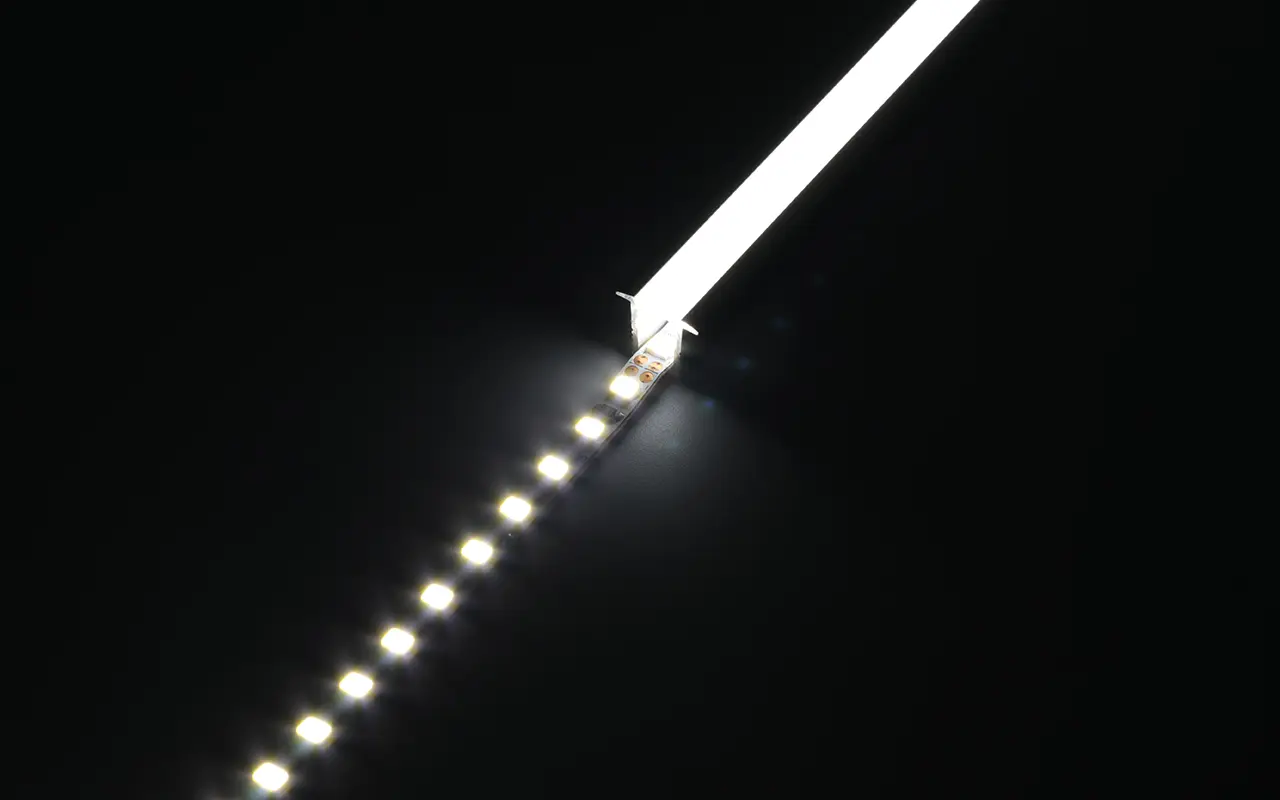
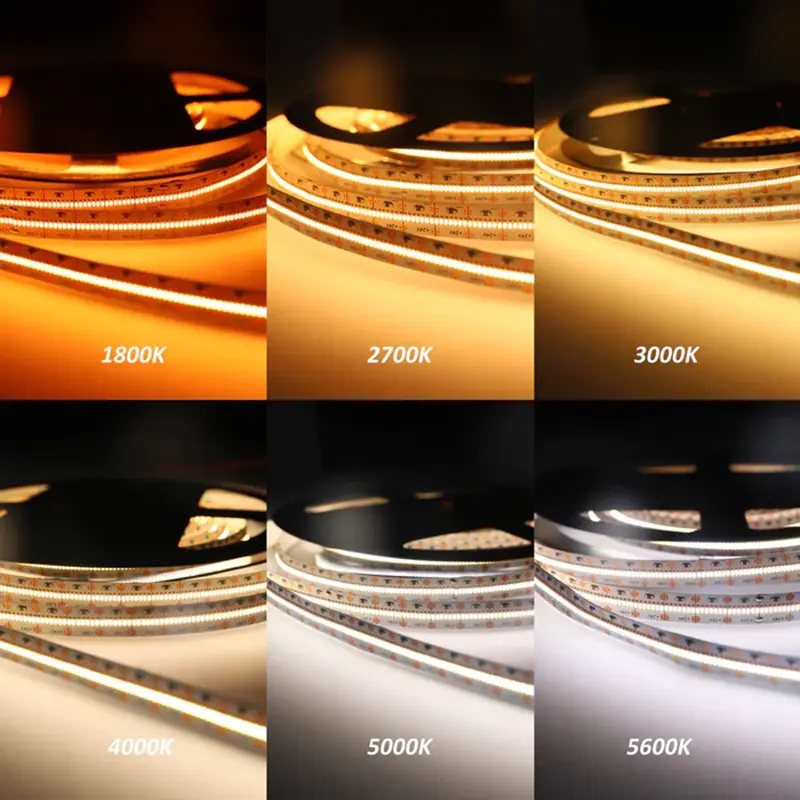
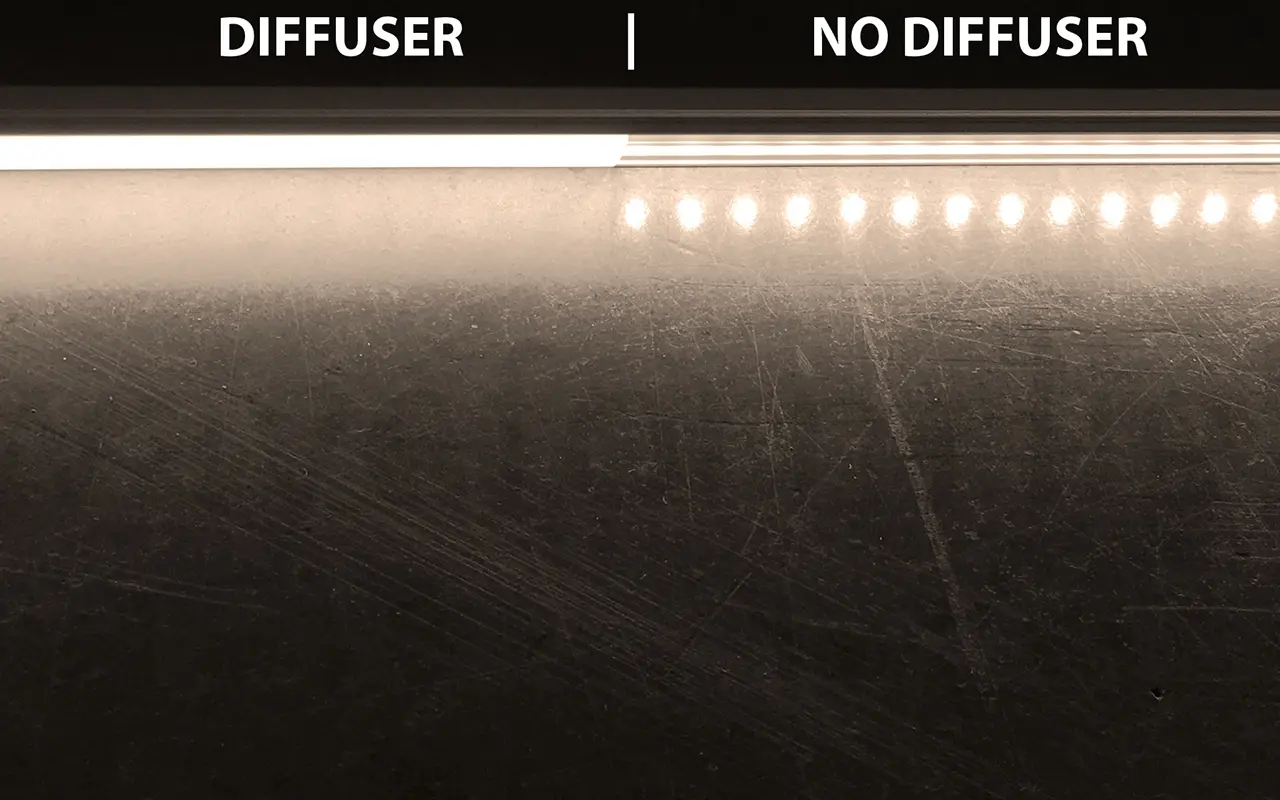
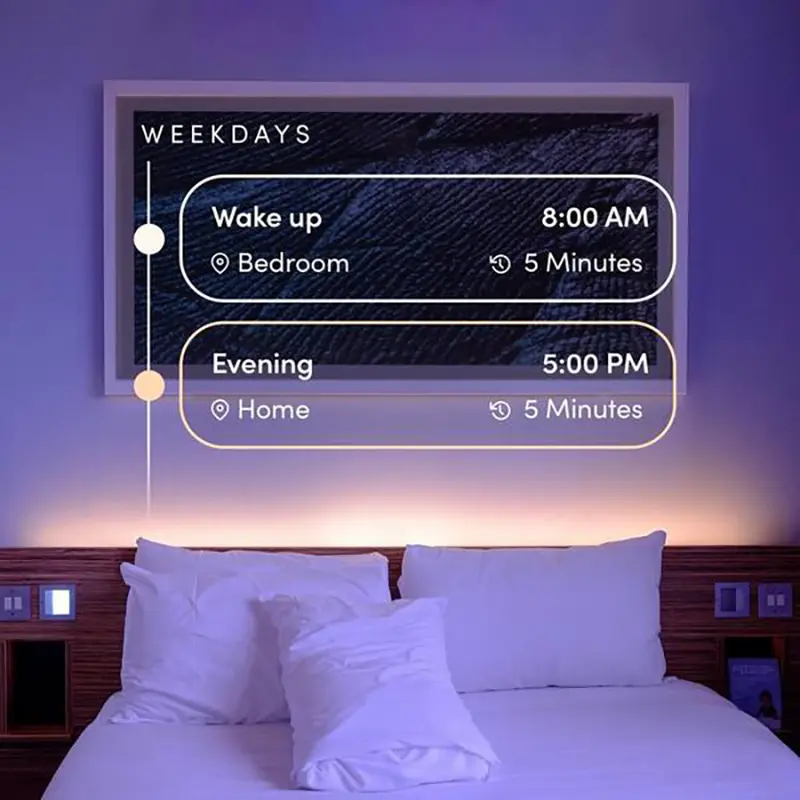
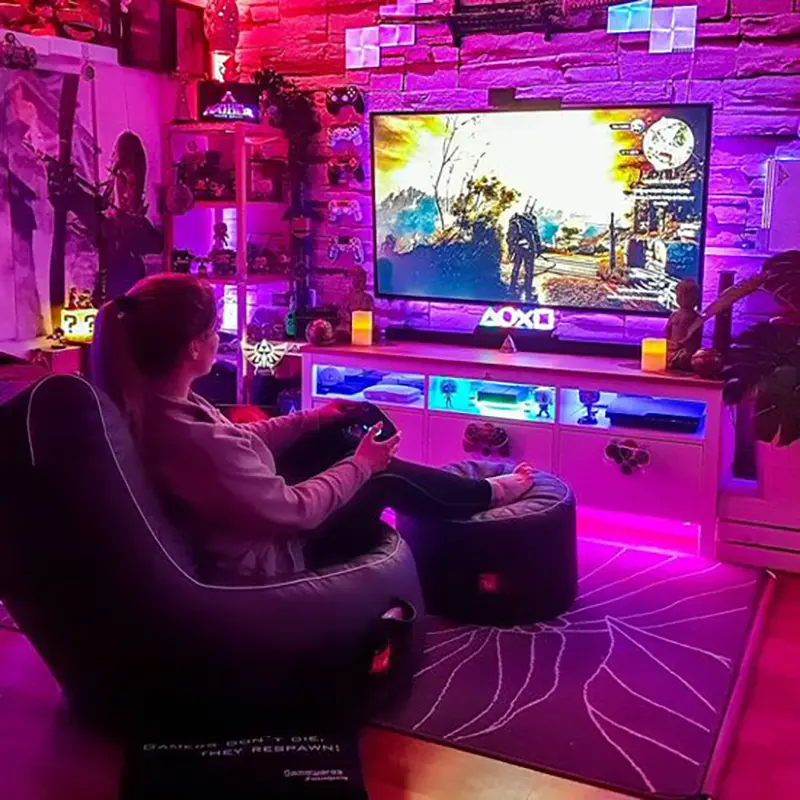
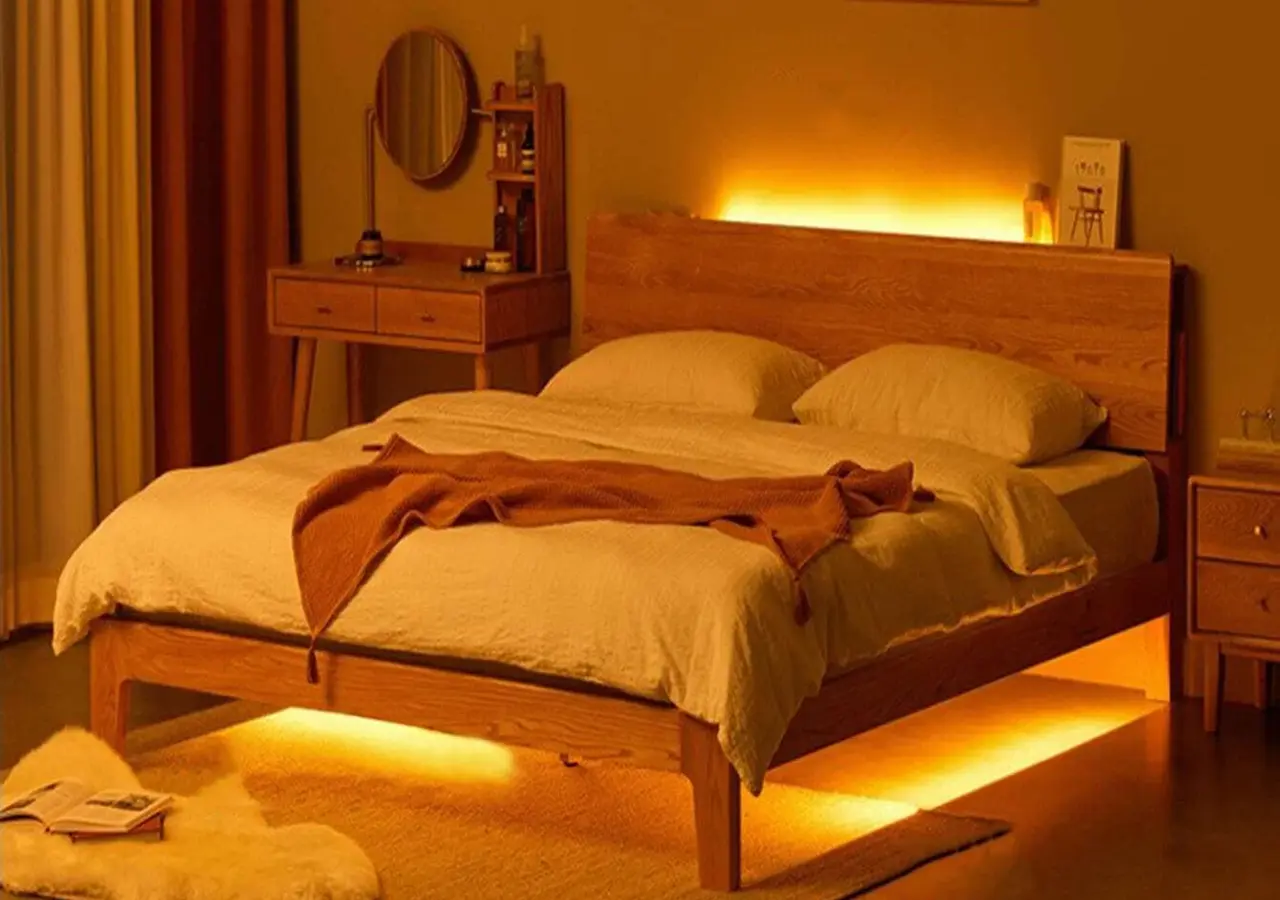
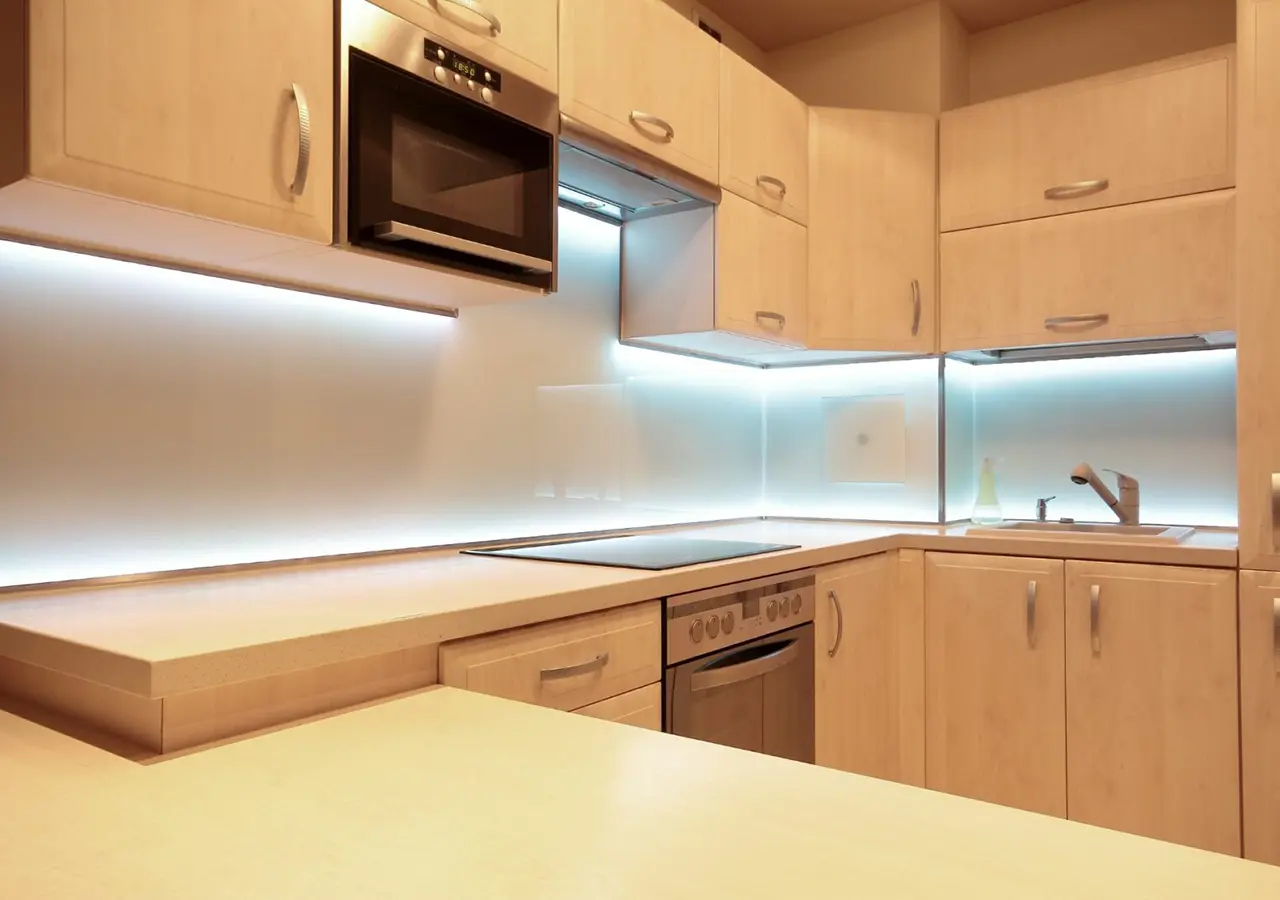
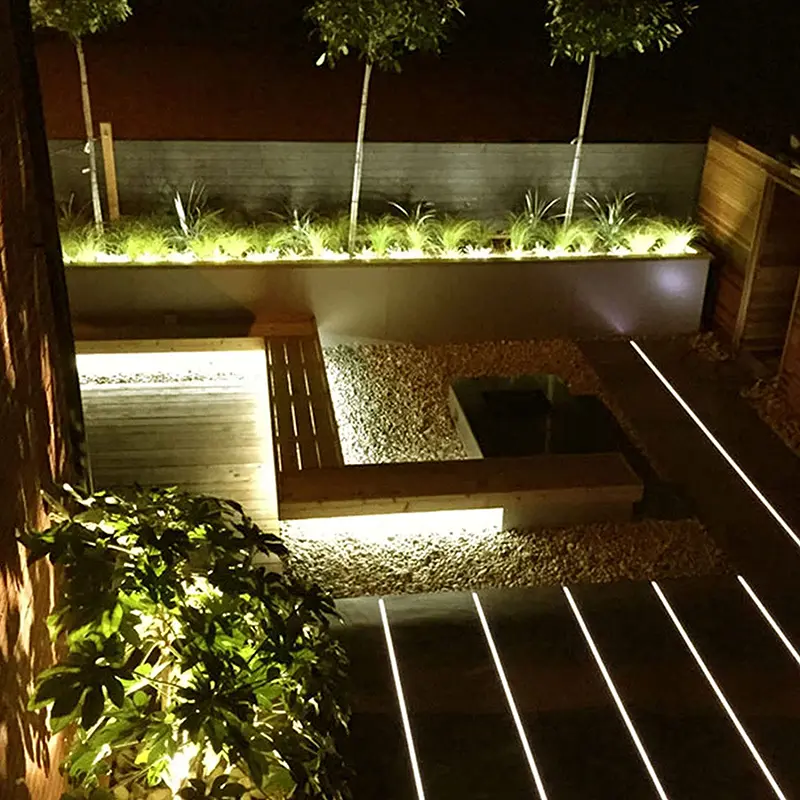


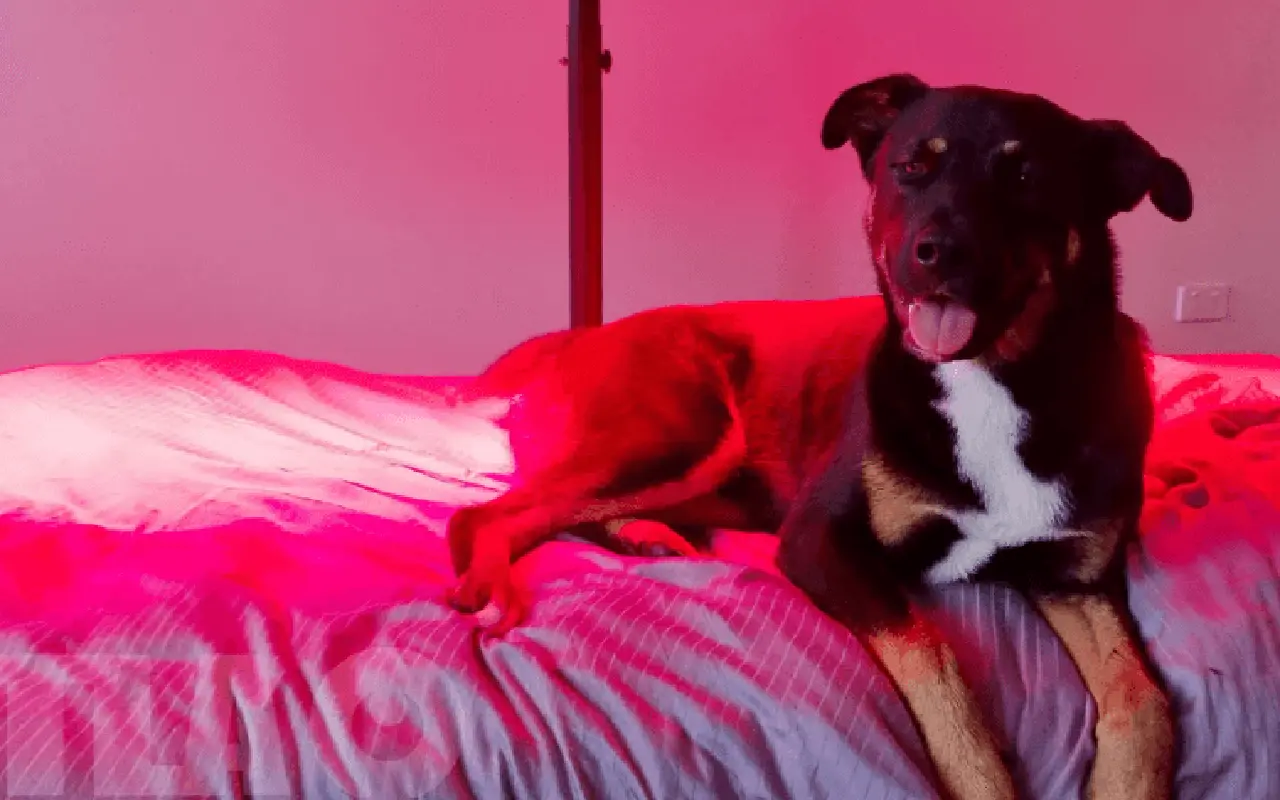
Dejar un comentario
¿Quieres unirte a la conversación?Siéntete libre de contribuir!